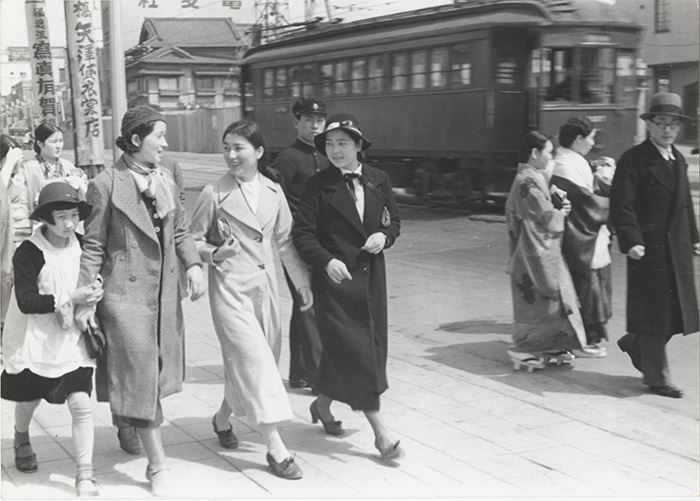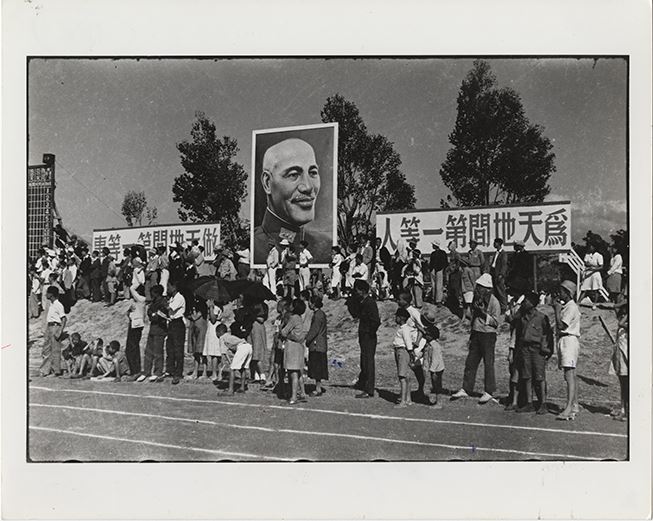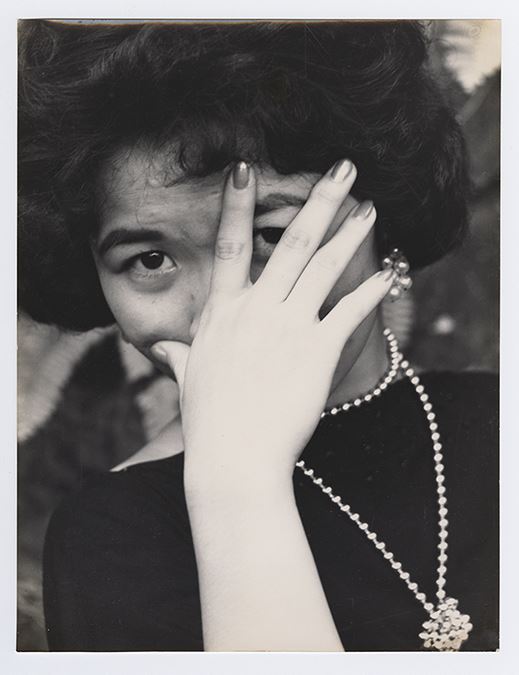 BackDENG Nan-Guang
BackDENG Nan-Guang
Deng Nan-Guang, originally named Deng Teng-Hui, was born in Beipu, Hsinchu. In the 1930s, he studied at Hosei University in Japan and joined its photography club. He was influenced by the aesthetics of the "Shinko Shashin" (New Photography) in Japan that emphasized street snapshots and qualities of objectiveness and realness. In 1935, Deng returned to Taiwan, started his "Nan-Guang Camera Shop" and kept on taking photos. Through the realistic aesthetics of Shinko Shashin, he caught the everyday life of Taipei and Hsinchu, keeping the images of Taiwan at that time in his works. After World War II, he reopened "Nan-Guang Photography Supplies" and actively participated in photography events. In 1948, Deng Nan-Guang, Chang Tsai and Lee Ming-Tiao won the top three in the 3rd anniversary photo contest of Taiwan Shinsheng Daily, and were referred to as the "Three Musketeers of Photography".
Affected by the Shinko Shashin, Deng mostly used a small Leica camera to shoot on streets. In his works taken in Tokyo, streets signs, newsstands, and women in Western fashion reveal the modernity of Tokyo. The works taken in Beipu, Hsinchu reveal the rural scenes of live performance, tombs visiting, marriage, etc. In the photos taken in Taipei, street scenes, sport events, women at work, amateur photography events, represent various aspects of life in Taipei.





